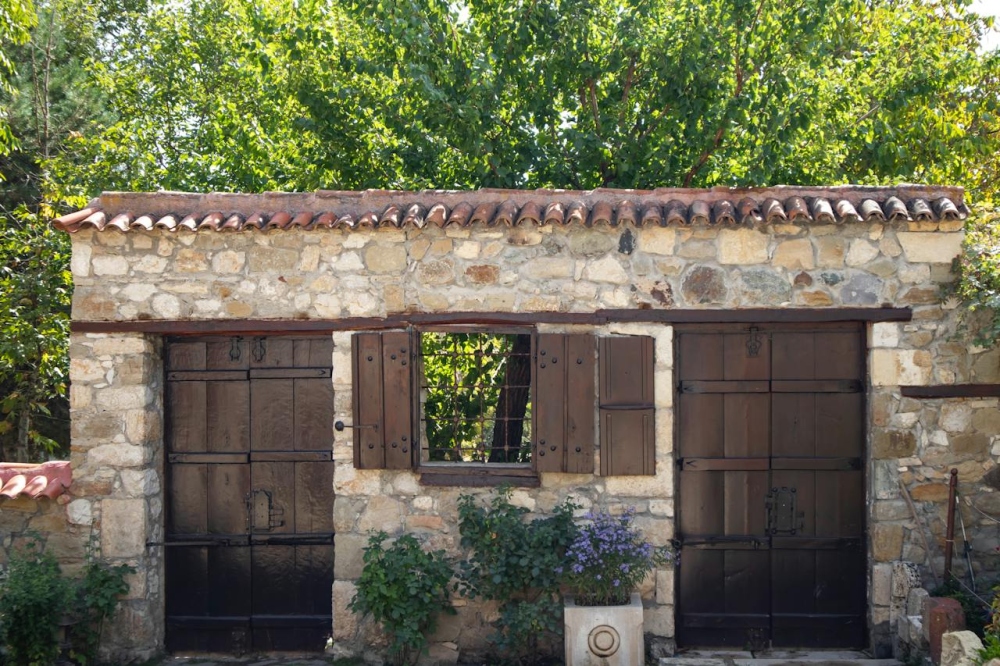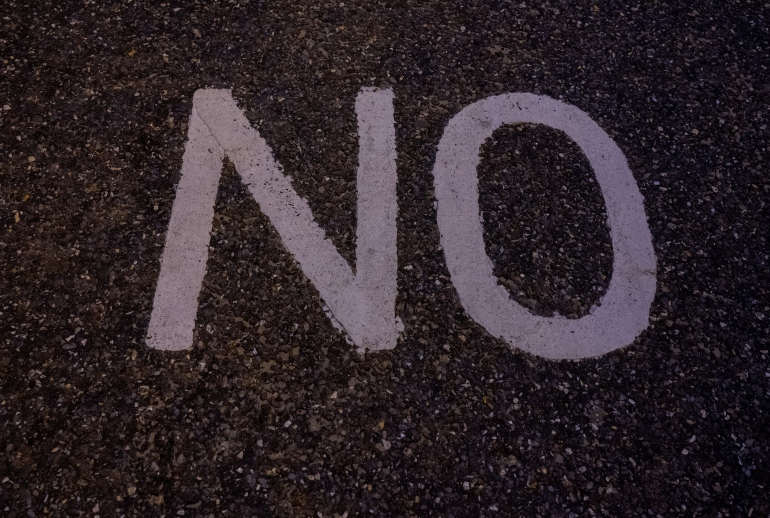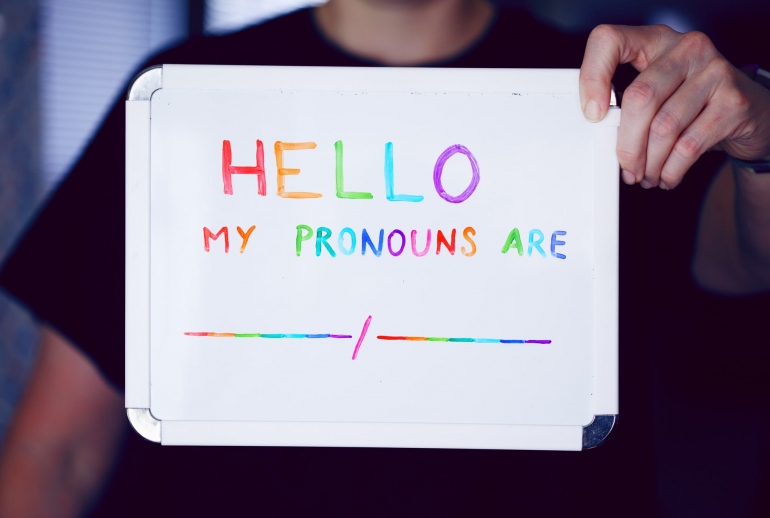There are times when it is especially difficult “to hold fast to the faith of Jesus,” as St. John put it in the first century. 1 Of course, doubt and honest questions have always accompanied thoughtful faith, but in some periods of history faith can seem especially fragile, and disbelief curiously robust. Every believer goes through periods like this when personal discouragement or suffering scours our souls. But sometimes it goes beyond the merely individual when everything around us seems to conspire against faith. If you are a follower of Jesus, the opening decades of the 21stcentury in America is one of those times.
There are a whole series of things that can act as triggers.
Some triggers militating against faith arise within the church. Just mentioning some of them brings so much to mind: sexual abuse, coverups, misogyny, racism, culture warring, toxic masculinity, manipulative leadership, politicization, defensiveness, judgmentalism. Baptist theologian Russell Moore, for example, saw in the events surrounding the January 6, 2021, insurrectionist attack on the Capitol signs not “of a post-Christian culture but of a post-Christian Christianity, not of a secularizing society but of a paganizing church.” 2 In this view, the church isn’t merely making mistakes, she has lost her way, forgetting who she is, and forgetting doctrines, values, and practices she claims were given her by divine inspiration.
Other triggers—perhaps less obvious to many of us but equally weighty—come from outside the church. Cultural pressures in a pluralistic world buffet the dynamics of faith and practice. Because there are so many beliefs and values available to us, our choice of Christ seems less sure, especially when we meet thoughtful, admirable people who reject the gospel. Claiming to be spiritual but not religious, they intuitively choose aspects of belief and practice they find helpful and attractive while discarding the rigidity of creeds, legalism, hierarchies, and institutions. And many who leave the institutional church find that contrary to the warnings of pastors and parents, they do not miss it, but instead feel freer and more authentic.
The evidence of these disruptions is extensive, and for many of us, dispiriting. Some walk away from the church, others walk away from the faith itself, and many who remain are discomfited. If we know no one like this, we have too few friends or are not listening carefully to the friends we have. All of us are affected, in different ways, even if we are unaware of it. And we should be aware.
And yet, for all that, I am unable to jettison my conviction that spiritual reality is really, ultimately real. So real I cannot deny it, so meaningful that I want it to shape every aspect of my life, imagination, and thinking.
When I look around, I see all sorts of tantalizing and inviting glimpses, mysterious hints there is something more, something deeper, someone beyond. And what is more, I cannot not see them. To me they are as real as the laptop on which I type these words, or the love my wife and I share after more than half a century of being together, as real as the goldfinches flitting among the branches in the trees outside my office window.
And this brings me to the idea of the Interface. It’s a simple concept and a profound truth, but it’s not something many people have considered. The Interface is the mysterious yet very real boundary between the seen and unseen spheres of created reality, between the physical and the spiritual, between the natural and the supernatural. It is at the Interface that brief hints, signals of transcendence and glory occasionally become perceptible. It is where we live, moment by moment for our entire lives, whether we know it or not or whether we believe it nor not. Place your open hand before your face, your palm barely touching your nose. The supernatural is that close to you. The Interface is right there, in front of us, beside us, all around us. We live at the Interface.
Belief in the two realms—the physical and the spiritual, the visible and invisible—and in the border or Interface which divides them is not new. Mystics, poets, artists, and seers have witnessed to its existence stretching back to ancient times. David, a shepherd and poet who apparently spent long nights outdoors with his flocks before being crowned king of Israel, looked at the stars and saw—and heard—more than just physical planets and stars and galaxies. “The heavens are telling the glory of God,” he wrote of his experience. 3 Going camping far from urban lights can sweep us into a similar experience. Seeing the Milky Way spread out majestically across the night sky is a stunning vision of visible things that virtually demands we reflect on what is invisible and hoped for beyond and behind it. Looking at the dark canopy above in unhurried stillness makes me believe in Pythagoras’ musica universalis, the music of the spheres, that can be heard, the 17th century astronomer Johannes Kepler believed, only by the soul. And earlier, when Moses received the law on Mt. Horeb after the Jews had been rescued from slavery in Egypt, he asked to be granted the chance to see what is normally hidden. “Show me your glory, I pray,” he said to God. The resulting glimpse of divine transcendence was transformative and life-giving, even though it was, of necessity, incomplete. 4 He was granted just enough to catch a glimpse without being so overwhelmed as to be consumed. Art can bring a similar glimpse. “It’s not unusual for science to catch up to art, eventually,” music producer Rick Rubin notes. “Nor is it unusual for art to catch up to the spiritual.” 5
Consider the opening words of the Creed formulated at Nicaea (in present day Turkey) in the fourth century. The Creed did not announce new doctrines but identified what was known as orthodox belief, rooted in the ancient Scriptures, and passed down to the Church by Jesus and his Apostles. Here’s the opening paragraph:
We believe in one God,
the Father, the Almighty,
maker of heaven and earth,
of all that is, visible and invisible. 6
In the view of the gathered bishops, created reality is in two parts, the seen and the unseen, the physical and the spiritual. Both parts exist, and both are equally, fully real, yet normally most of us are conscious only of the visible or physical realm. But as Madeleine L’Engle insists, “we are meant to be real and to see and recognize all that is real.”
We are hurt; we are lonely; and we turn to music or words, and as compensation beyond all price we are given glimpses of the world on the other side of time and space. We all have glimpses of glory as children, and as we grow up we forget them or are taught to think we made them up; they couldn’t possibly have been real because to most of us who are grown up, reality is like radium and can be borne only in very small quantities. 7
So, what I am calling the Interface is the border or boundary between the visible and the hidden, the seen and unseen. We are never far from it, and unless we’ve allowed our imagination to wither, we occasionally catch brief hints or signals of what lies beyond.
Endnotes:
- Revelation 14:12; see also Colossians 1:23, “continue securely established and steadfast in the faith, without shifting from the hope promised by the gospel.”
- “The Capitol Attack Signaled a Post-Christian Church, Not Merely a Post-Christian Culture: Last year’s events in DC threatened not only American democracy but also evangelical witness” by Russell Moore in Christianity Today (January 5, 2022).
- Psalm 19:1-6.
- The Creative Act: A Way of Being by Rick Rubin (New York, NY: Penguin Press) p. 35.
- Exodus 33:18; 34:29-35.
- The Nicene Creed (~ 381 AD)
- Walking on Water: Reflections on Faith & Art by Madeleine L’Engle (New York, NY: Convergent Books; 1980, 1998, 2001) p. 56
Photo credit: Photo by Zülfü Demir: (https://www.pexels.com/photo/rural-wall-with-two-gates-and-window-18843945/)



